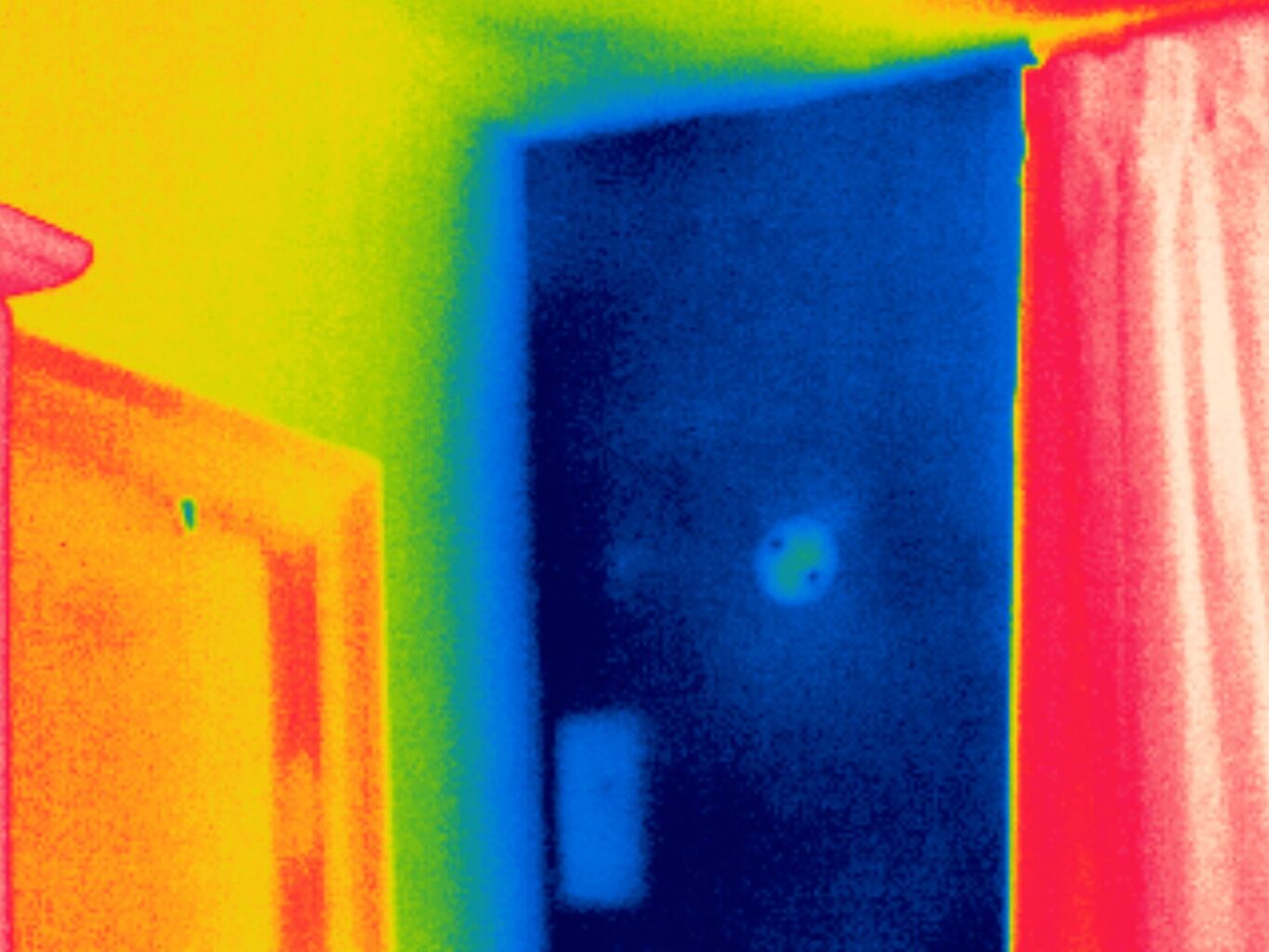With drones continuing to make inroads into many commercial areas, warehouse management is one that is tailor-made to benefit from the automation potential that UAVs have to offer.
Warehouses still require a great deal of human input when it comes to picking and packing goods. However, drones can take some of the strain when it comes to inventory management – one of the more time consuming areas of running a warehouse business. Drones can fly the aisles and scan bar codes / QR codes quickly and simply. Stock taking can be completed faster and also with less health and safety risk as employees don’t have to climb to reach items stored at height.
Indoor UAV flights are not regulated by the CAA. This means that, while health and safety risks still require assessment, a considerable number of legislative requirements are removed when carrying out flights under a warehouse roof. This is made even simpler by the advancements in technology in terms of anti-collision systems. Some firms have already developed software that allows the drone to fly autonomously, having already calculated the optimal route, and ‘count’ and photograph the inventory as it passes.
Integrating the drone software with the Warehouse Management System (WMS) means that the drone is equipped with the details of item locations within the facility and so can carry out targeted stock counts of specific items where required. It is estimated that drone scanning can be carried out 50 times faster than a manual count so the benefits are potentially considerable.
The automation of the process can remove possibilities of human error and also limit operational downtime while inventory checks are carried out. Autonomous systems can operate outside of standard hours to minimise this even further. Human labour can then be concentrated on higher value and more complex tasks.
While there will always be a requirement for human interpretation of drone gathered data, it is likely that more and more warehouses will begin to use UAVs to automate their processes, particularly as advancing technology makes this more affordable.






